Toyoda skeptical about electric mandates, cardboard Citroën, BMW’s flexible flyer
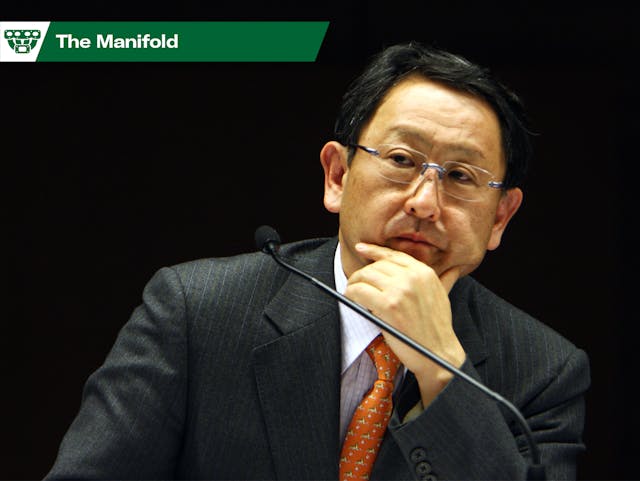
Akio Toyoda expresses doubt about California, U.S. EV Targets
Intake: Despite seemingly every company making grand proclamations about electric vehicles coming down the pipeline and what portion of their total sales will be all-electric by whenever, not everyone is convinced that the goals are attainable. Speaking with reporters during a dealer meeting in Las Vegas, Toyota CEO Akio Toyoda expressed skepticism over pie-in-the-sky mandates such as California’s total ban of gasoline-powered cars in the state by 2035, according to a report from Automotive News. The mandate, which was recently adopted by Washington state and even more recently New York state, doesn’t seem possible, according to Toyoda. “Realistically speaking, it seems rather difficult to achieve that,” he said. Electric vehicles are “Just going to take longer than the media would like us to believe,” he continued. Toyoda told dealers that the global juggernaut would offer the “widest possible” array of powertrains to propel cars cleanly, adding that even getting to the goal of 50-percent zero-emission vehicles by the end of the decade would be tough. Instead, Toyota will continue to investigate hydrogen combustion as a cleaner alternative to gasoline in the long-term, while in the short-term it will focus on continuing to bolster the capability of its hybrid vehicles.
Exhaust: This isn’t the first time that Toyoda poked holes in what many believe to be the future of the automobile. In September of last year, Akio Toyoda expressed similar skepticism about the inevitability of autonomy as well as the electric revolution. While automakers continuing to chase more efficient and eco-friendlier EVs, Toyoda’s remarks feel like a welcome reality check for the prevailing market forces that seem to think the various issues with EVs—where the materials come from and the rising costs of battery vehicles in general, to name a few—will magically sort themselves out in a few short years. —Nathan Petroelje
Wards 10 Best Engines and Propulsion Systems heavy on electrics

Intake: Several years ago, Wards Auto, a respected inside-the industry publication, changed the name of its longstanding annual “10 Best Engines” competition, which for years had been internal-combustion powerplants only, to 10 Best Engines & Propulsion Systems, reflecting the ongoing electrification of the automobile business. Good thing: The Wards editors like a lot of electrics. The Wards 10 Best list has recognized 28 years’ worth of engines, with scoring based on horsepower, torque, NVH management, observed efficiency and new technology onboard. A price cap for nominees that had been in place since 1995 was removed in 2021. For the second straight year, electrics outpaced ICE engines. The 2022 Wards 10 Best Engines & Propulsion Systems Winners, listed alphabetically:
- Acura Integra A-Spec – 1.5L Turbocharged DOHC 4-cylinder
- Ford F-150 Lightning – Electric Propulsion System
- GMC Hummer EV – Electric Propulsion System
- Hyundai IONIQ 5 – Electric Propulsion System
- Lucid Air – Electric Propulsion System
- Mercedes-Benz AMG EQS – Electric Propulsion System
- Nissan Rogue – 1.5L Variable-Compression Turbocharged DOHC 3-cylinder
- Stellantis Jeep Grand Cherokee 4xe – 2.0L Turbocharged DOHC 4-Cyl. PHEV
- Stellantis Jeep Grand Wagoneer – 3.0L Turbocharged DOHC I-6
- Toyota Tundra i-FORCE MAX – 3.5L Turbocharged DOHC V-6 HEV
Winners will be honored Oct. 27 during the Wards 10 Best Engines & Propulsion Systems awards ceremony on the second day of the AutoTech: Electrification conference at the Detroit Marriott at the Renaissance Center.
Exhaust: You might not hear much about the Wards 10 Best Engines & Propulsion Systems, but within the industry, the awards are very much coveted. Cars and trucks that may not make award-winning packages get a chance to shine separately when it comes to their gas and electric engines. —Steven Cole Smith
Smit Oletha Coupe drops two cylinders
Intake: Nashville, Tennesse’s Smit Vehicle Engineering is offering a downsized version of its Oletha Coupe. Based on BMW’s Z4 platform but with styling that evokes the retro Z8, the Oletha will now be available with its original S65 4.4-liter V-8 or a S54 3.4-liter straight-six. Both engines are normally-aspirated and drive through a six-speed manual transmission with a mechanical limited slip differential. The six-cylinder version is 100 pounds lighter than its sibling and delivers 400 horsepower compared to the eight’s 450 horses. There’s a carbon intake manifold, individual throttle bodies, and a solid rocker valvetrain that encourages drivers to rev the engine to its 8000 rpm redline. In either model you get 50:50 weight distribution and a carbon fiber body, although the six-cylinder car’s hood is reshaped with a more subtle power bulge. AP Racing brakes, KW two-way adjustable suspension and forged-and-machined monoblock wheels with Michelin Pilot Sport 4S tires are also fitted. “Oletha is the car we wish BMW had built – an uncompromised synthesis of BMW’s greatest design, engineering, and racing achievements,” say the Smit brothers. The V-8, which launched in 2021, weighed in at a hefty $450,000 but there’s no price for the six as yet.
Exhaust: There’s no denying that this is a high price to pay for a glorified Z4 which you could pick up new from $51,500, but there’s a lot more to the Oletha than just the slinky styling. We’ve yet to experience it for ourselves, but Top Gear’s Ollie Marriage was seemingly smitten, saying, “It’s not the speed it gains so much as how it makes you feel, the vibrations through your chest, the sense of barely tamed beast thrashing away up front. What a drivetrain, so multi-faceted and rewarding. So responsive, endlessly enthralling, confident in itself and well-mannered.” —Nik Berg
Cardboard Citroën concept is the future of French family transport
Intake: Citroën has got its quirk back and we’re loving it. First there was the impossibly cute and wildly popular Ami electric urban runabout, and now the French firm has come up with a family-hauling EV that goes against the grain of bigger and bigger batteries, and more and more mass. “Citroën believes electrification should not mean extortion, and being eco-conscious should not be punitive by restricting our mobility or making vehicles less rewarding to live with. We need to reverse the trends by making them lighter and less expensive and find inventive ways to maximize usage,” says CEO Vincent Cobée. Packing only 40 kWh of electric cells the oli (no boisterous uppercase here) is made as light as possible, and restricted to 68 mph to deliver a range of 248 miles. Citroën says the car is made from 100 percent recycled materials, including corrugated cardboard which is used in a fiberglass sandwich to form most of the boxy body panels. The styling looks to be from the Lego school of car design, with a completely flat windscreen and some clever aero on the hood to allow it to cut a clean path through the air. The only curves you’ll find are in the wheels and wheel arches. Inside there’s room for four on bare-bones seats, while up front the dash is as minimalist as can be. The rear is a spacious load deck which can extend into the cabin and turn the oli into a pickup. Other practical features include Vehicle to Grid capability and rapid charging which will take the battery from 20 to 80 percent capacity in 23 minutes.
Exhaust: This is Citroën at its best. With its light weight, low speed and money-saving design, dare we say that this could even be the 2CV of tomorrow? Head of Design Pierre Leclercq, says, “We took a risk with Ami, and we are taking a risk with oli because we need to push creativity.” Public opinion put the Ami into production so let’s start putting the pressure on to get the oli on the road as well.—NB
BMW S1000RR gets more flexible — literally

Intake: BMW’s superbike S1000RR gets updates for the 2023 model year with a more flexible chassis and new front end geometry to make the already stable and sporty bike even more so. Additional new items include traction control settings for “Slide Control” making power drifts out of corners safer and also ABS Pro “Brake Slide Assist” that allows for MotoGP-style backing in by using a steering angle sensor to keep the bike on track. Many other track-focused features such as captured rear wheel spacers and chamfered brake pads make this machine a prime choice for a quick rider who is looking to ride both track and street.
Exhaust: The S1000RR has become a standard for a bike with rider aids that actually aid the rider combined with a powerful and reliable engine. Add in these new small changes and its easy to see why hardcore riders are willing to spend the nearly $18,000 to get onto one of these compared to one of the Japanese liter bikes. With focused tuning and improvement BMW continues to make the case as to why those riders are making the right selection. —Kyle Smith
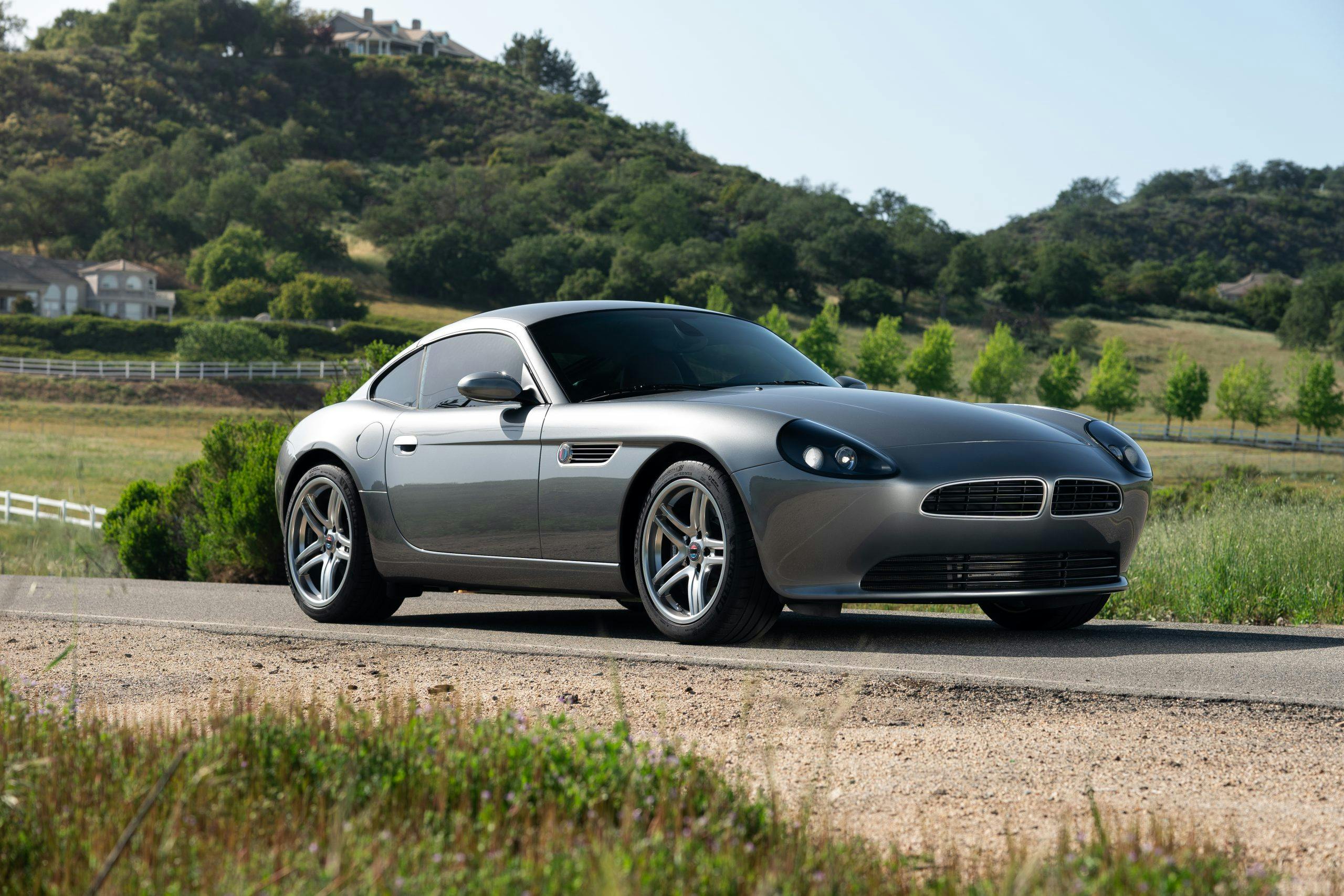
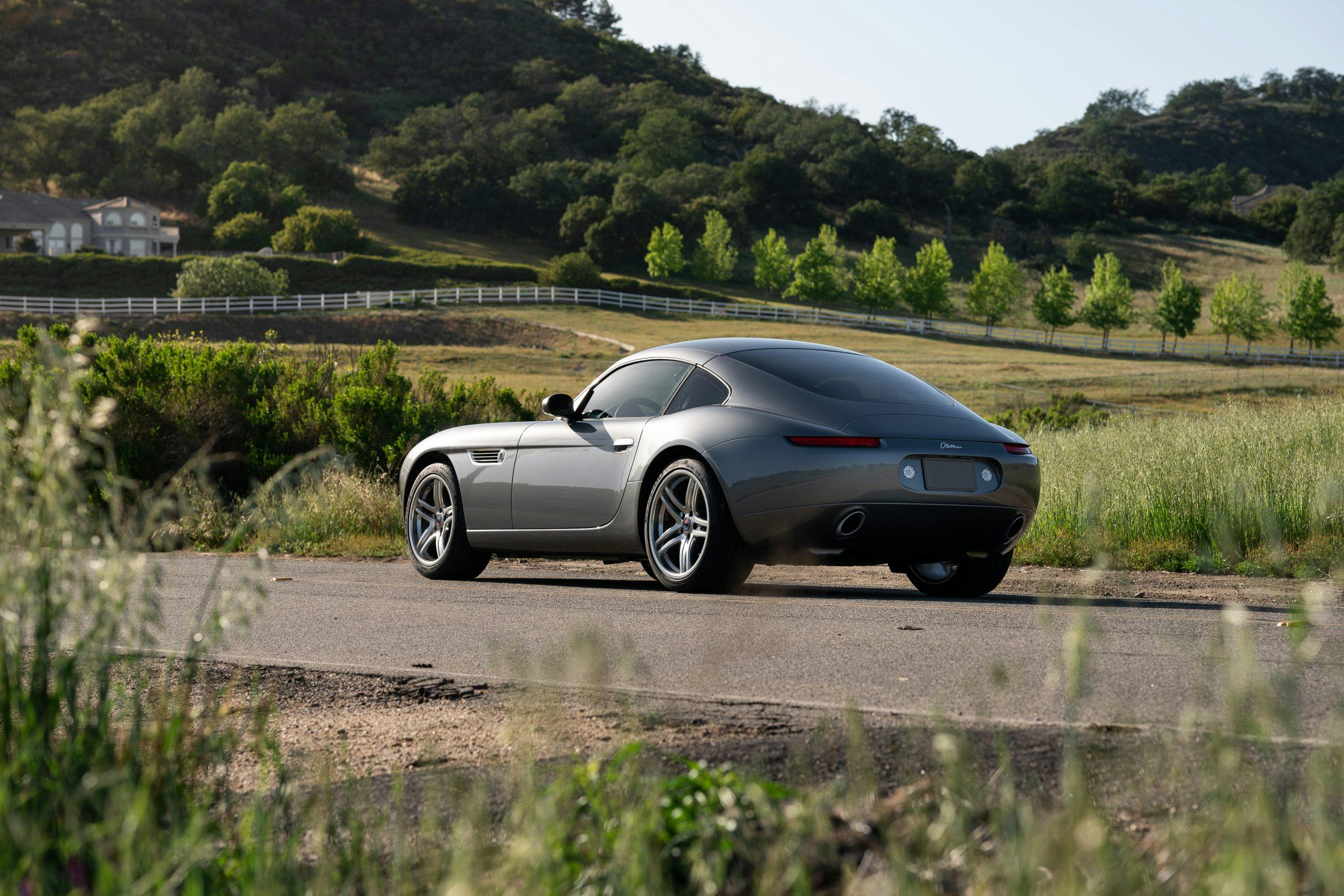
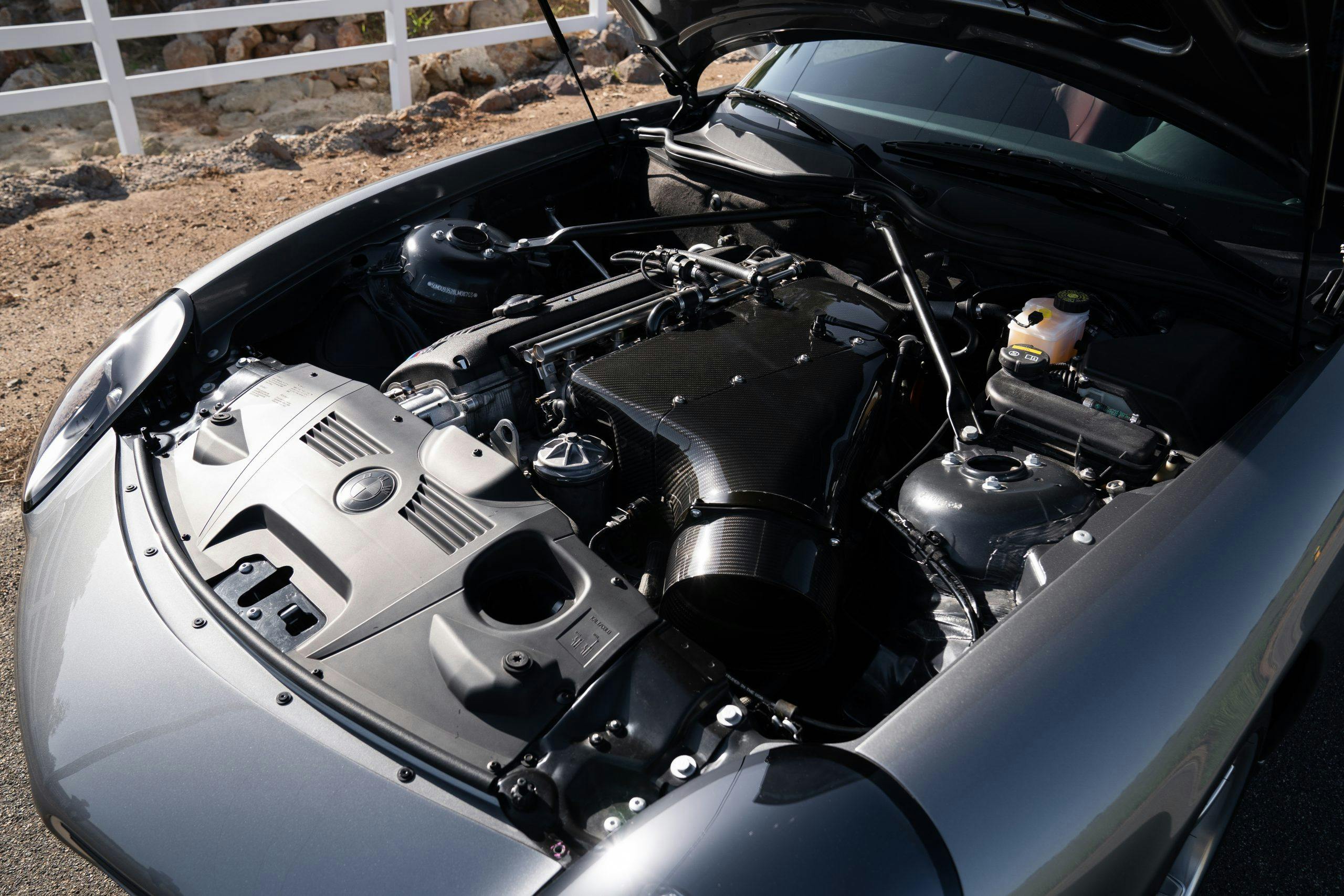
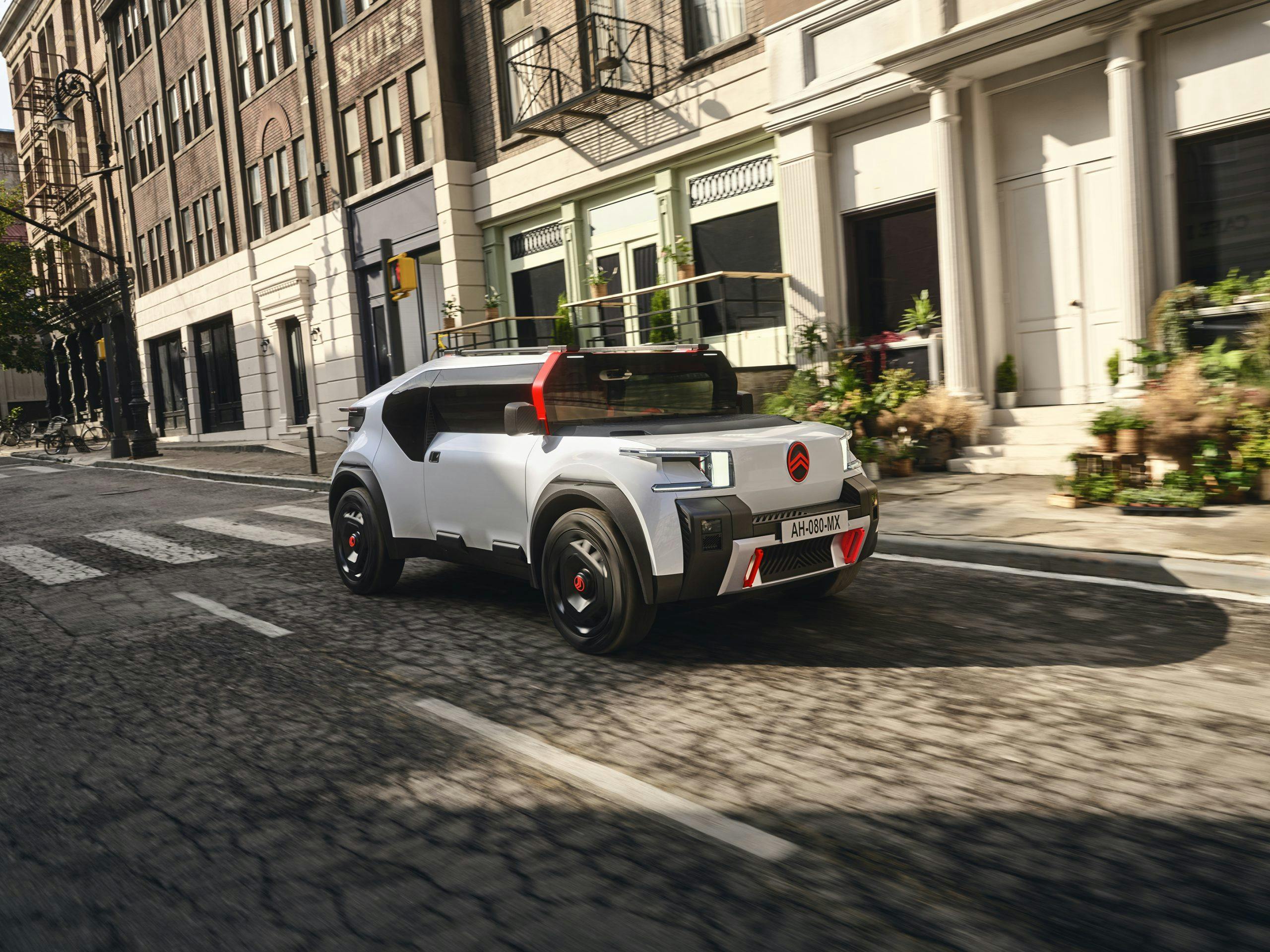
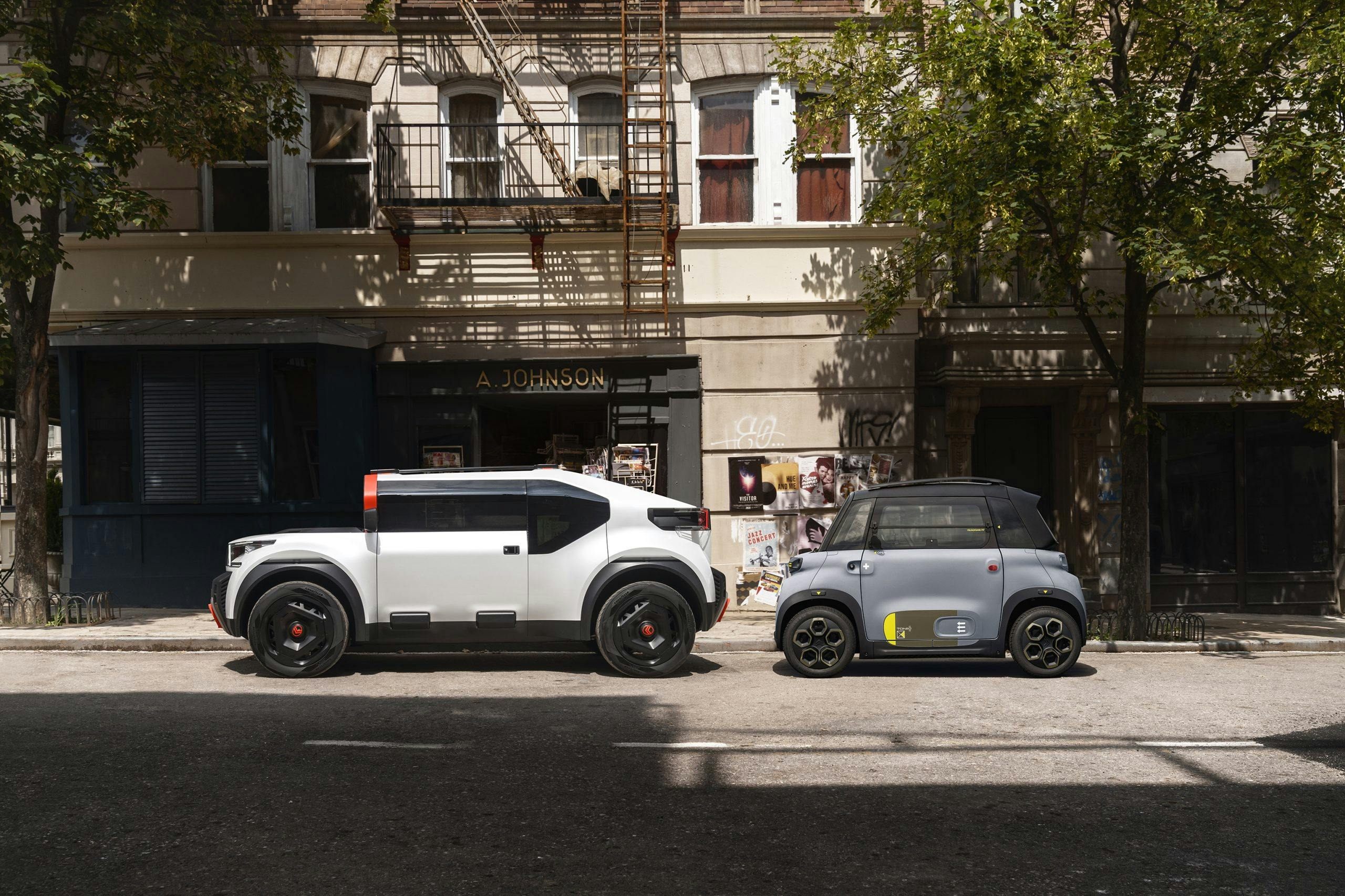
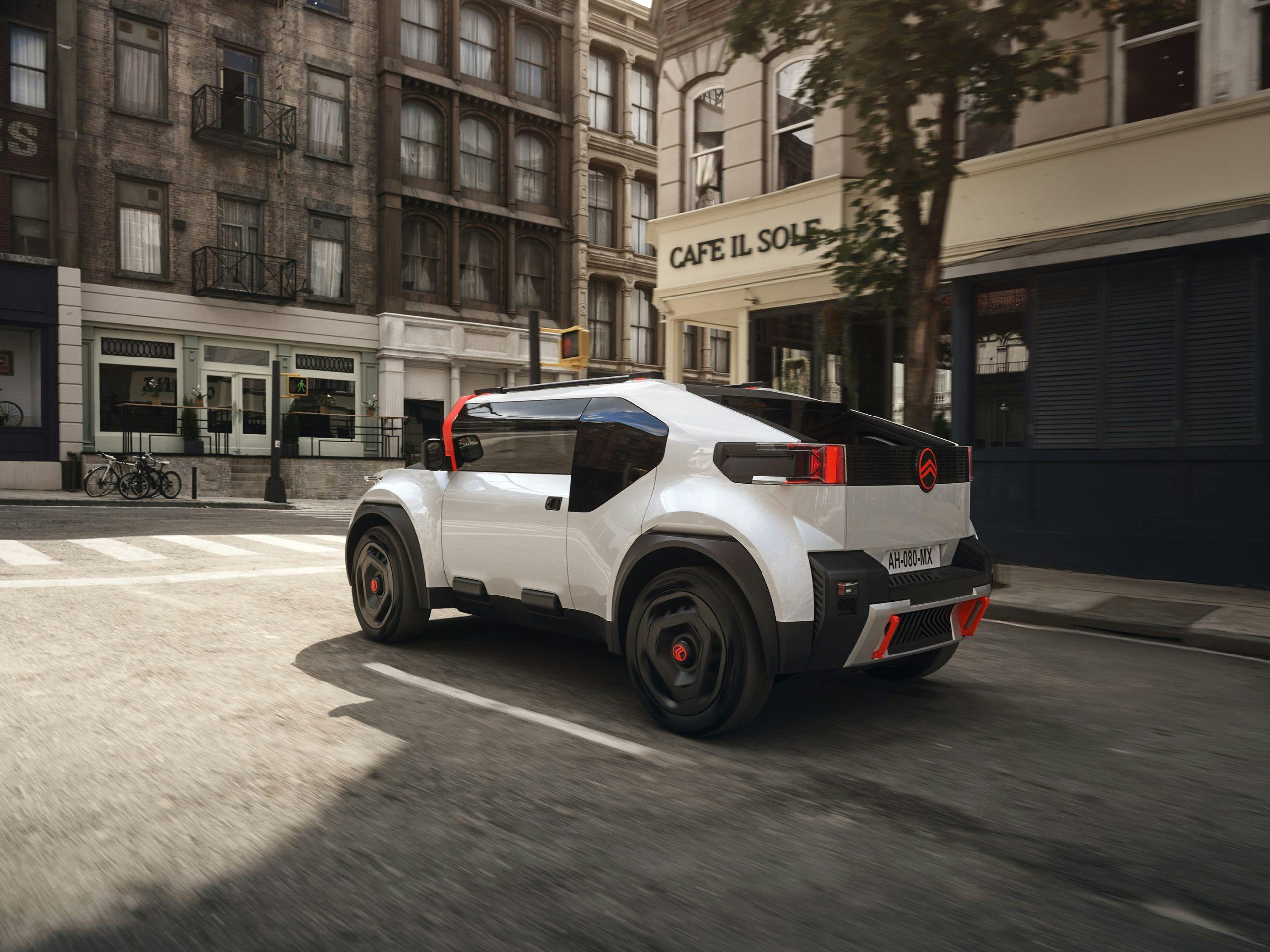
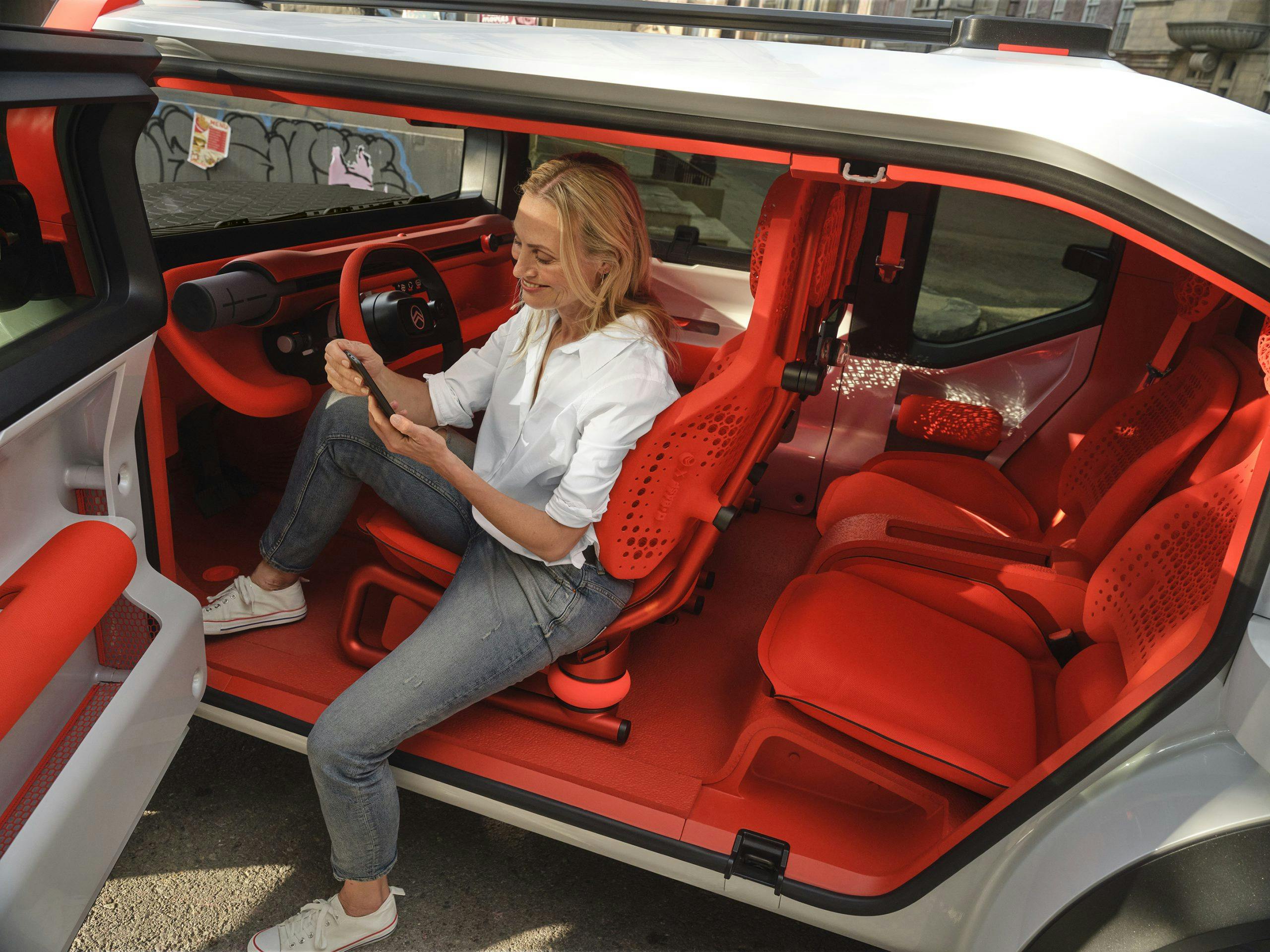
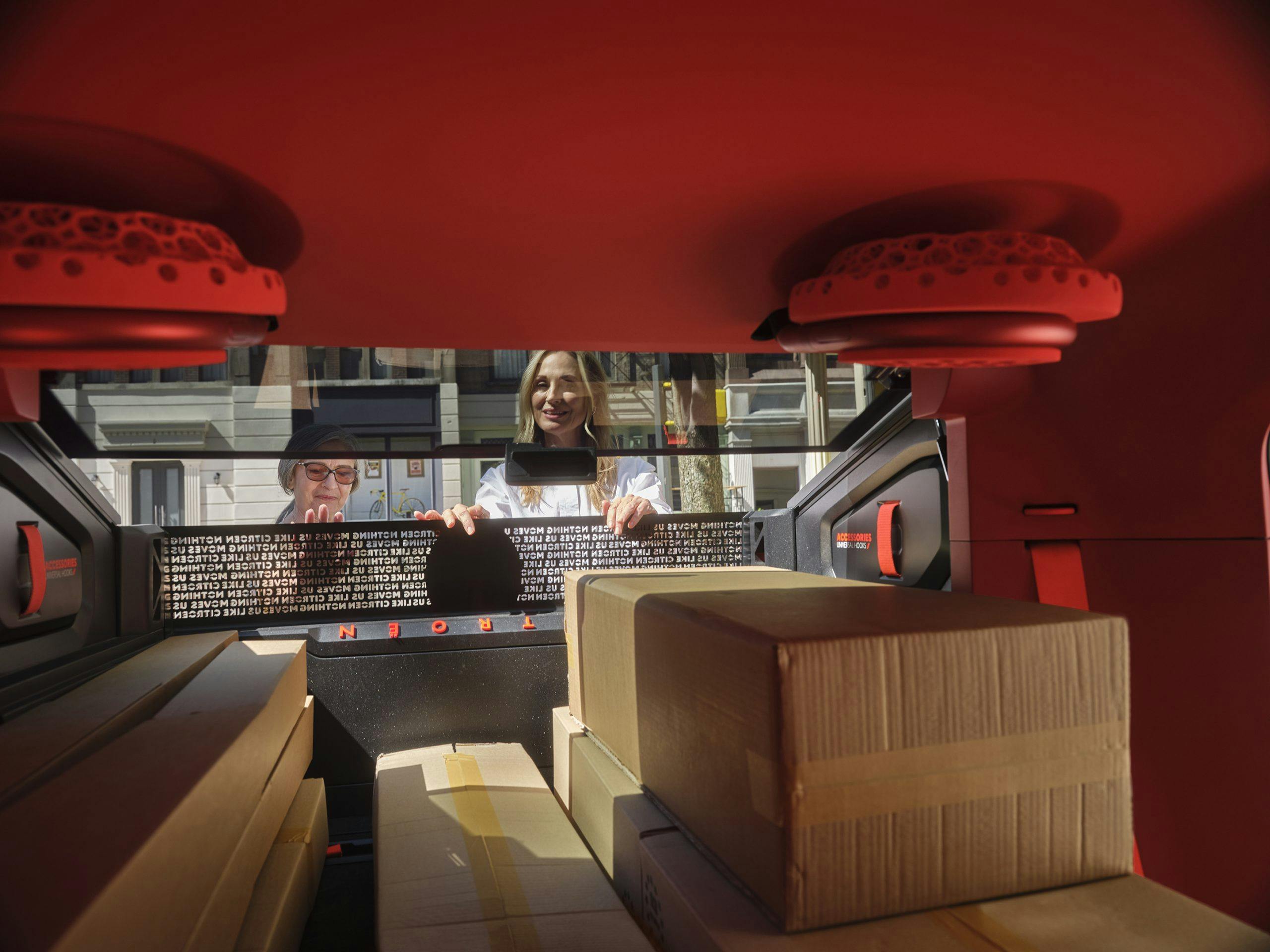

LOL on the 450k for that “better” z4. That strikes me as some type of genuine rip off/theft. Anybody out there have one?
Akio Toyda is correct. Having known and worked the individuals responsible for pushing this agenda, its said to see the California politicians fall for such an ill conceived plan. Their premise is that if we push the real hard, engineers and scientists will figure out a way to make this happen and perhaps someday this will became a reality but not likely by 2035. Many of these advocates in Sacramento came from the intel community and just don’t understand the technology involved. The key people advising the Calif politicians specialized in perception management for the intel community. They are the same folks who attempted to do this in 2010 with the governments $500 million stimulus packages for green tech. Most, such as Solyndra and ABC Battery company were taken down by the FBI as frauds. One very famous EV company almost met its demise, but these folks managed to get silicon valley VC funding to pay back the gov loans to prevent a congressional investigation.
That said, reports commissioned internal to the DOE indicate that lithium mining is unsustainable for mass market application and that development of a practical battery that can charge fast, be safe from fires and recyclable is far more difficult than they imagined. The current DOE roadmap maps out battery development which is available to the public is a yellow brick road to fantasyland.
I agree; any government can decree whatever they want, and the cynic in me wonders what they’ll charge for exemptions from manufacturers who don’t comply. Also: this may be a minor point but I was alarmed by “California’s total ban of gasoline-powered cars in the state by 2035” which to me is very different than banning new sales.
I just bought a new Toyota, and after reading this article, I think I will buy another one. The comments made by the head of Toyota are a breath of fresh air. At least someone in the auto industry has common sense.
I would buy the Citroen oli today if it was available. This is what the auto industry needs, lightweight, just the power needed, and flexibility. I WANT IT!
Can’t go all EV if there’s not enough lithium.
https://newatlas.com/energy/battery-lithium-squeeze/
Any government in the world can pass a law that says every citizen gets a free rocket trip to the moon. That doesn’t mean it’s going to happen.
Akio Toyoda seems to be the only brave CEO to not just go along with the big lie. How dare he express doubts or have questions on the current “wisdom”. /sarcasm
Finally someone who sees the future is not just around the corner as mandated by politicians. You do not transition on a dime when the technology and infrastructure is sorely incomplete. China loves it as they have cornered the market of what is needed to build batteries. Then there is a danger of only using electricity to power your country when a hurricane or cyber hacking can unplug your energy…..diversity is good . Nuclear, NG and whatever alternative sources do the job together…… but I am not that woke thinking this govt will do the right thing.
Bravo to Mr. Toyoda. While virtually everyone else of any importance on this issue is engaged in a massive delusion of groupthink, he is a lone voice bravely speaking the truth. None of this will be ready in time for the diktats of our petty rulers. And we really need to have more honest conversation about how it doesn’t matter if they’re clean to run if they’re horribly dirty (vastly dirtier than ICE) to make. Finally, as I’ve pointed out repeatedly, discussions of our security always get ignored. Frankly, I don’t care how much cleaner it might run if it enslaves us to China.
Wait, so we have pre-posting moderation of comments now? And no more “liking” of comments? Not to mention the funky formatting and multi-pages of comment threads now. When did all this happen?
Wow! Such haters. Have any of you actually driven an EV? They drive way better than anything. I can’t wait to get one.
I’ve posted about this before and Toyoda is 100% correct. I work for an engineering firm that works with all the major (and minor) auto manufacturers. While the boon is electric, history will show electric cars are the ‘CD’ of transportation. It is only the transition to the next generation of transportation, not the destination.
I’m wondering if people know that if you run your car on synthetic fuel, made from CO2 in the air, it is expensive as all get out, but also counts as ZERO emissions. Electric is not the only game in town people. Hydrogen is also ZERO emissions. Crying like a child about how the present solution is the only one and that the current dominant solution will not work is narrowminded and lazy. At this point I have no idea what will be fueling the transport of tomorrow, I just know that it will be a whole lot cleaner than what we have now. That and Lead should have never been in gasoline in the first place.